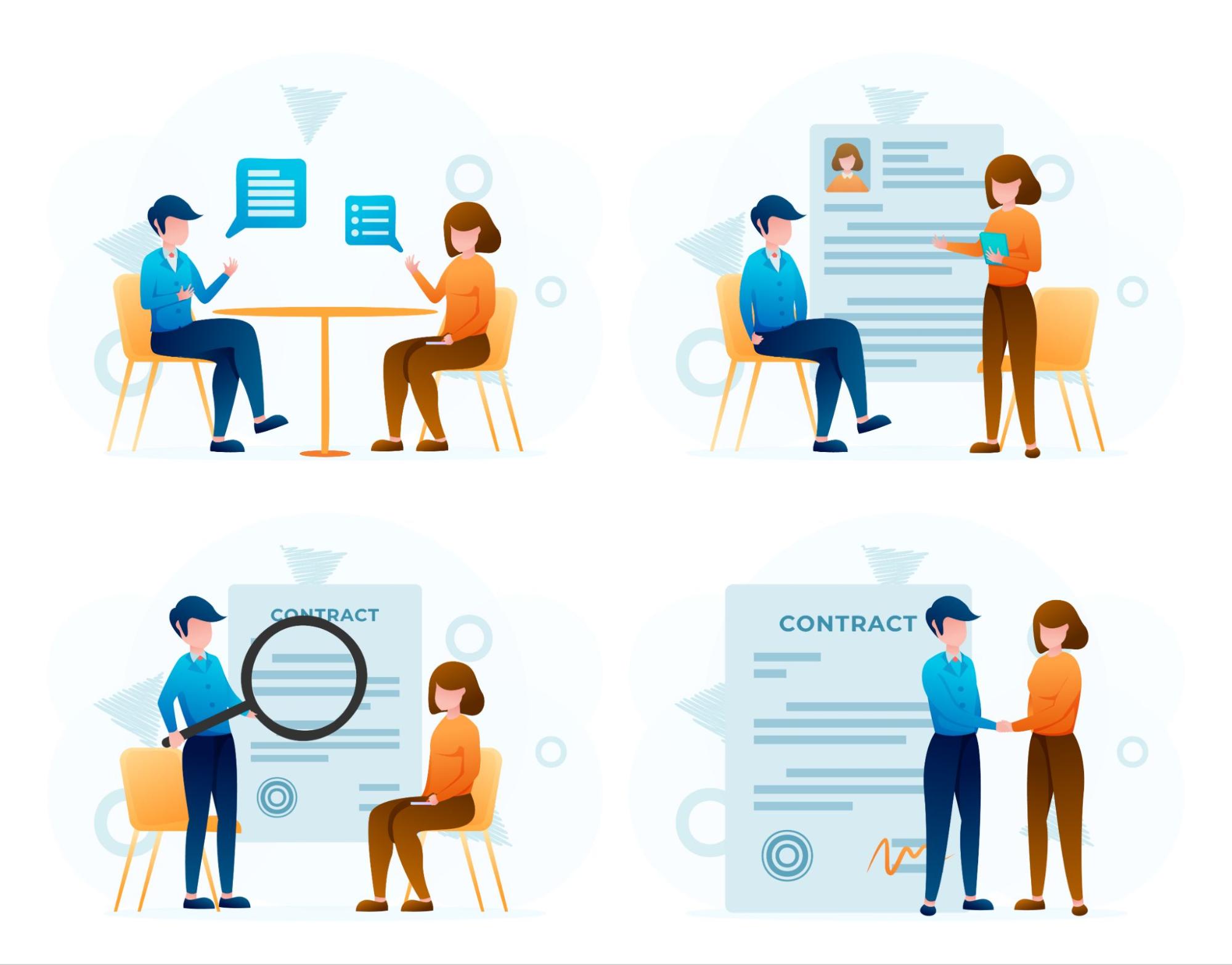In our previous blog, we explored the foundation of every successful agreement - Contract Creation.
Now, we step into the most intense, interactive, and often chaotic stage of the contract lifecycle: Negotiation & Collaboration.
Negotiation is where Contracts evolve. Clauses change, risks are flagged, pricing is debated, and expectations shift. This is the stage that determines whether a contract becomes a long-term asset-or a long-term problem.
In this blog, we’ll break down why negotiation consumes the most time, what challenges organizations typically face, and how modern platforms like PACT bring structure, clarity, and collaboration to this critical step.
Contract negotiation is the process where parties review, refine, and revise the terms of an agreement until both sides are fully aligned. This stage involves:
In short, it’s where the real work happens -where multiple teams, opinions, and priorities collide.
Traditionally, this has been handled through email chains, Word documents, redlined PDFs, and confusing version histories-leading to delays, miscommunication, and unnecessary back-and-forth.
But today, negotiation requires something better: Real-time collaboration, transparency, and organized version control.

Negotiation often becomes the longest part of the CLM cycle because:
Legal, finance, procurement, delivery, sales - each team needs to verify terms related to their responsibilities. More people means more change requests, questions, and approvals.
Contracts rarely get approved in the first draft. Instead, they undergo multiple rounds of edits:
Each revision creates a new version, and without a structured workflow, keeping track becomes a nightmare.
“Which file is the latest one?”
“Who made this change?”
“Why is this clause updated?”
These are the common questions teams struggle with when contract files are scattered across inboxes and desktops.
Feedback lost in email threads causes delays. Approvals get stuck when visibility is low. Cross-functional dependencies extend timelines.
Teams using spreadsheets or notes to track changes often experience:
This is why negotiation becomes the bottleneck in most organizations.

To avoid delays and confusion, organizations should follow these proven practices:
Pre-approved templates reduce legal workload and ensure consistency from the start.
Maintain all versions, comments, and edits inside one centralized, organized platform.
A structured negotiation workflow prevents bottlenecks and ensures smooth progress.
Avoid email back-and-forth; instead, collaborate within the same contract framework.
Redlining and version history should be clear, accessible, and audit-ready.
Ensure legal, finance, and business teams review the same contract - not different versions.
PACT simplifies negotiation by organizing everything around linked Jira issues, giving teams clarity and structure without leaving the platform they already use.
PACT provides:
Instead of juggling documents and email threads, teams collaborate through structured workflows in Jira-making negotiation faster, cleaner, and far more transparent.
The Requirements Table on the PACT Home page gives users complete visibility into everything being negotiated under a contract.
It shows:
Users can:
This makes it easy for teams to track changes, understand context, and collaborate effectively during negotiation.
With PACT, negotiation becomes:
PACT doesn’t just track negotiation-it simplifies it, making it faster, more transparent, and more collaborative.
Negotiation is where the contract truly takes shape - where clarity is created, risks are reduced, and alignment is achieved. With structured workflows, real-time collaboration, and transparent version control, organizations can move from chaos to clarity.
There’s more to uncover in the contract lifecycle. Stay connected with us as we explore the next key stage in our upcoming blog.